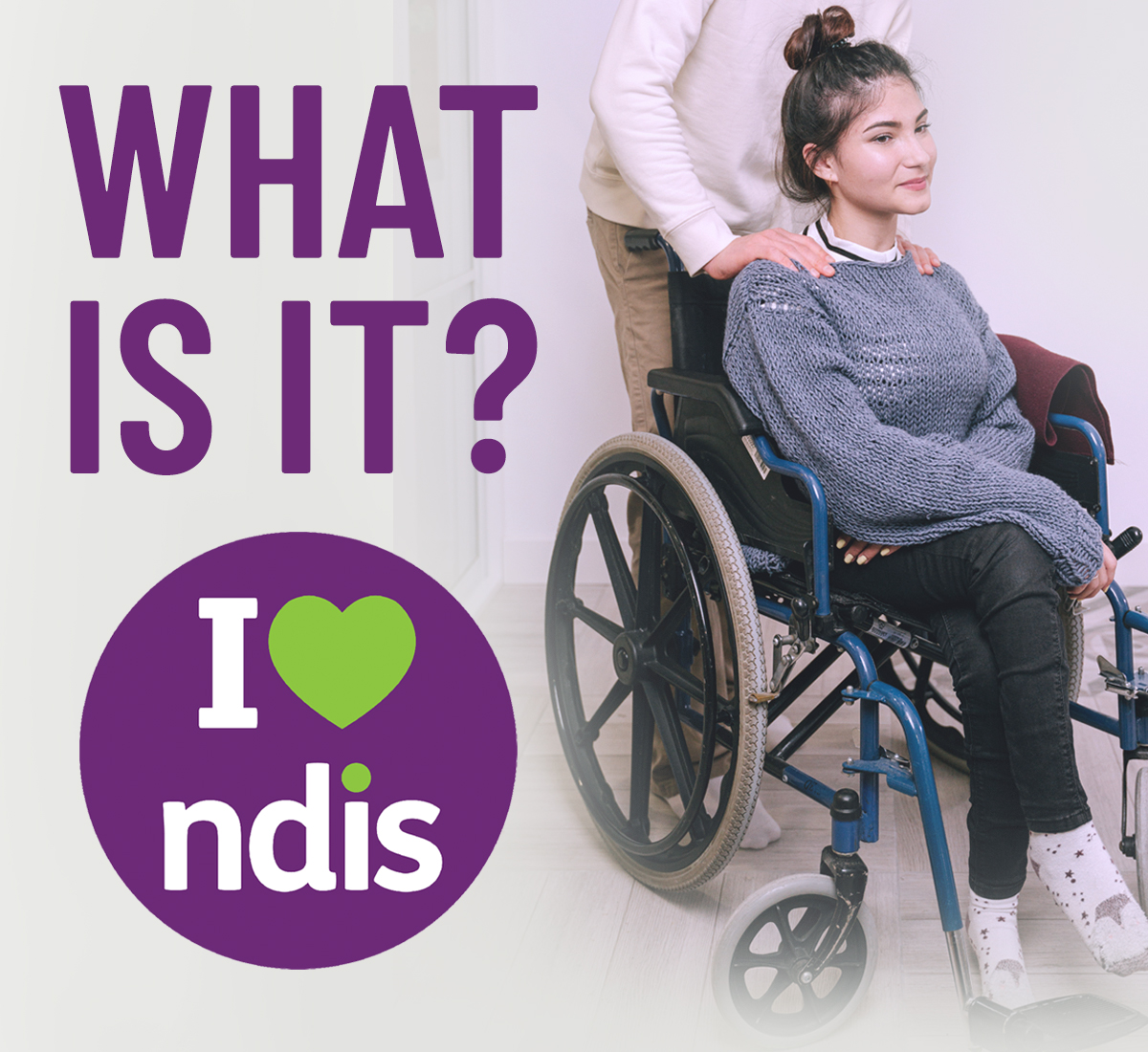The National Disability Insurance Scheme or ‘NDIS’ is an Australian Government program that funds costs associated with disability. It was legislated in 2013 and went into full operation in 2020. You probably already know someone who’s benefiting from it, so what are your chances of making it work for you?
Let’s start by saying it’s not a straightforward procedure. If it was easy, then everyone would be on to it! But because the returns are through the roof it’s definitely something worth investigating. Feel free to get in touch with us at Capital Properties so we can help you work through the process in more detail. For now, we’ll attempt to keep our guide to NDIS as simple and succinct as possible and have included some links so you can access more information.
On the go? Here’s 30 seconds of take outs:
- NDIS stands for National Disability Insurance Scheme and helps Australians with disabilities.
- Some people with disabilities can access Specialist Disability Accommodation (SDA).
- SDA needs to meet certain standards within 4 design categories of design:
- Silver: improved liveability & robust
- Platinum: fully accessible and /or high physical support
- Catering for Silver & Platinum Level tenants allows for more rental opportunities.
- SDA builds are a great prospect for experienced investors who can work with a proficient SDA builder. You’ll need to make sure the following is in place:
- Finance qualification – Extra construction costs = valuation shortfall
- Location – Urban with strong capital growth
- Property type – Silver or Platinum level?
- Run cash flows – Use the 2021-22 SDA price calculator
- SDA design – Engage an SDA assessor at design stage
- Private SDA provider – To manage the SDA property
- The nitty gritty – Deposits, Contracts, Settlement, Construction & Specialised Insurance
Keep reading >>
Here’s what you need to know about NDIS:
The National Disability Insurance Scheme (NDIS) has committed to providing more than $22 billion in funding a year (within the next 5 years), to an estimated 500,000 Australians who have permanent and significant disability. Let’s break it down…
National: The NDIS is being introduced progressively across all states and territories.
Disability: The NDIS provides support to eligible people with an intellectual, physical, sensory, cognitive, and psychosocial disability. Early intervention supports can also be provided for eligible people with disability or children with developmental delay.
Insurance: The NDIS gives all Australians peace of mind that they will get the support they need if they, their child, or loved one, is born with or acquires a permanent and significant disability.
Scheme: The NDIS is not a welfare system. It is designed to help people get the support they need so their skills and independence improve over time. This means providing people with information about services in their communities that can help.
SDA stands for Specialist Disability Accommodation which is a range of housing designed for eligible NDIS candidates that have extreme functional impairment and/or require a lot of support at home. SDA aims to help residents to live more independently. If you’re building or modifying a build to rent to a person with a disability, knowing the standards required to meet SDA approval is essential.
To meet SDA standards of accommodation, you must comply with 4 categories of design, as set out in the SDA Rules (2020). These are:
- improved liveability (Silver Level)
- robust (Silver Level)
- fully accessible (Platinum Level)
- high physical support (Platinum Level)
To learn more about each category and read what the definition and minimum requirements are, click here to access the SDA Design Category Requirements Guidelines PDF. At Capital Properties we recommend that you build to cater for Silver & Platinum Level tenants. This opens up far more opportunities which will ultimately make your property more rentable.
Make sure you choose the right builder
Building a house within SDA guidelines means more restrictions than a ‘normal’ build. These homes must deliver an outcome which satisfies the needs of the investor, providers, and residents. Only a specialist builder will be able to meet the needs of each shareholder and in particular, the residents.
Where to start?
Finance qualification – In our experience, experienced investors would be best suited to working within NDIS guidelines. Due to the extra construction costs of building this type of property, investors can expect a valuation shortfall.
It’s also worth noting that not all lenders provide lending for this type of property. Investors may need a minimum 20% – 30% deposit depending on the lender. Also (again, depending on lender), this type of transaction could be viewed as a commercial project and therefore may require commercial lending. We’ve discussed being finance ready in this blog: “Why being finance ready pays dividends”.
Location, location, location – Take your time to do your homework and scout the best location. We would suggest a location with good capital growth and an increasing population. Preferably near a major capital city that provides good infrastructure and easy access to health care.
Property type – Speak to NDIS providers in your preferred location and ask for insights on the accommodation best suited for the area. They can confirm if your plan for Silver/Platinum level housing is appropriate and in demand.
Run cash flows – It seems to be common practice with an NDIS property investment that the sales consultant will over-quote the achievable rental. The 2021-22 SDA price calculator is a useful tool that allows you to run through a couple of different scenarios. Click here or above to access the calculator.
Nail the design – It’s vital to choose an appropriate design. Make sure you work within the building accredited SDA design standard. You will need to engage an SDA assessor at the design stage. This assessor is the only person that can issue an SDA category compliance certificate, to confirm that the design has met the requirements of the SDA design standard.
Partner with private SDA provider – As an investor, the easiest and best approach is to partner with a company that provides the interface with the tenants and government to manage the SDA property on your behalf. As owner, you will essentially enter a SDA Management Agreement with a SDA Provider Group so that the lease agreement will be with the SDA Provider Group. That means that they’ll take care of the property management, maintenance, compliance, SDA recertification, participant engagement and placement audits, making your life much easier.
Deposits – Place deposits down on the land and get set to build.
Contracts – Enter contracts and get valuations under way. Then confirm finance.
Settlement – Land Settlement. We’ve written about this process in the blog “Yay! My property settled. Now what?”.
Construction – Start construction! As always, we recommend you use a building inspector when constructing.
Specialised Insurance – It’s vital to get specialist insurance advice for a SDA build. Bear in mind that insurance costs are likely to be over the odds for the build due to the extra SDA requirement. That’s despite the fact that these builds are government backed, because there’s always a risk that with a change in government those circumstances could change. A valuation short fall is to be expected and there’s potentially a higher risk securing the right tenants. Given these circumstances and the 10 – 20 year average lease, these builds are not recommended for the first timer buyer.
Check out this earlier blog post where we discussed further insurance requirements in “How to choose the right insurances for your investment property”.
Pros of a National Disability Insurance Scheme SDA build
- High cash flow
- Multiple tenants
- Government backed subsidy
Cons of the NDIS Specialist Disability Accommodation build
- Increased construction cost
- Potential for higher vacancy
- Valuation shortfall
- Not straight forward
- Limited pool of buyers when selling
- Requires specialist property design
- Smaller pool of finance lenders / finance brokers that understand these builds
If you’re interested in learning more about an NDIS build, or any property investment, we can help. Click on this link to access a free Capital Properties discovery session. And if you’re already onboard, our Pinnacle Support Program will support you in finding out more.
While you’re here, check out our free investor tools: Online property investment toolkit | Book Your Pinnacle Program Review | SDA Relationship Map PDF






